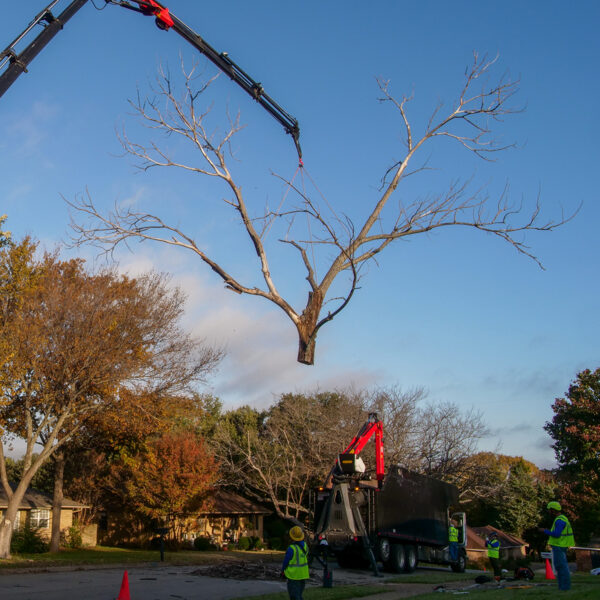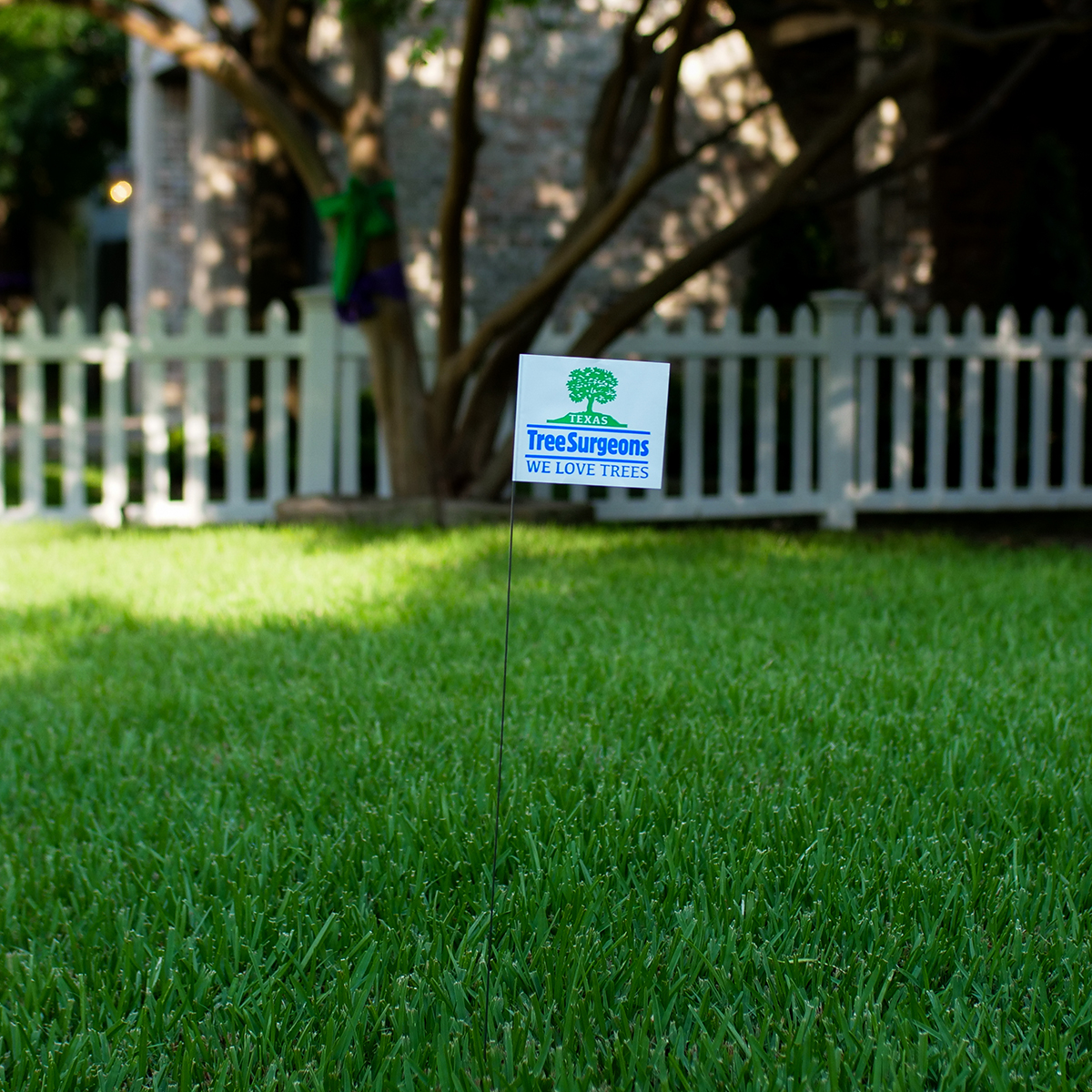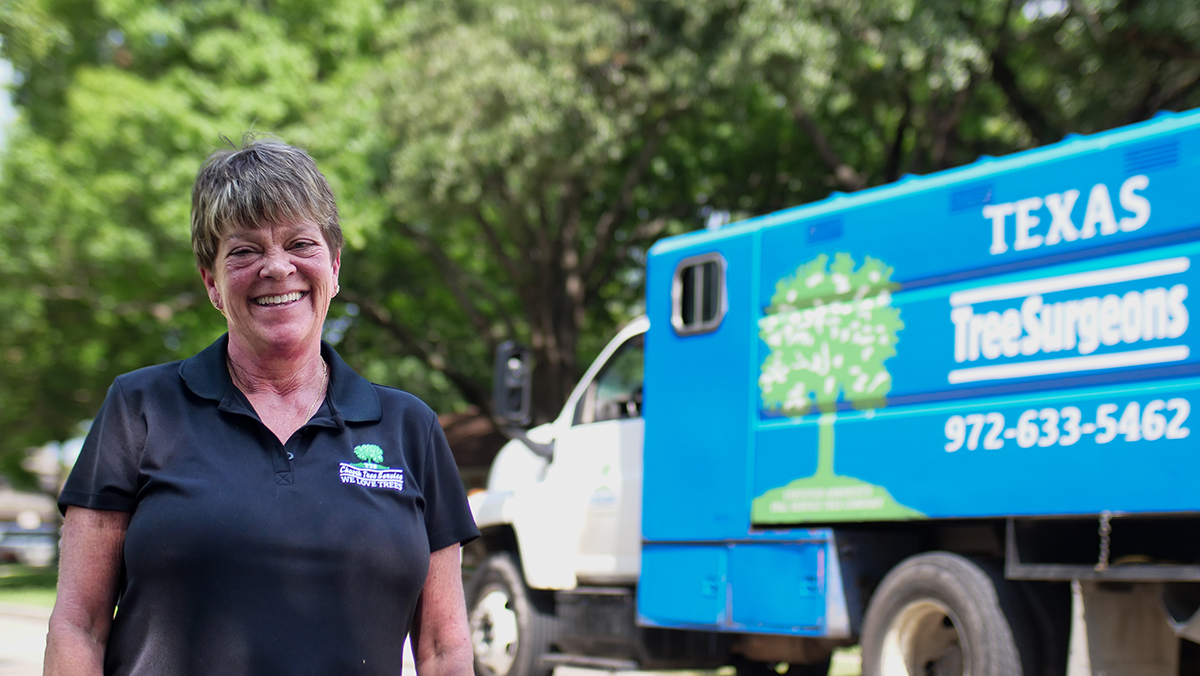How Often Should You Trim Your Trees?
Tree trimming is a crucial part of maintaining a healthy, safe, and beautiful yard. But how often should you really be trimming your trees? We’ll explore the ideal trimming schedule for your trees and why it matters.
Why Is Tree Trimming Necessary?
Tree trimming is not just about aesthetics. It’s essential for maintaining tree health, ensuring safety, and promoting growth by removing dead or diseased branches. Regular trimming helps improve the structure of the tree, allowing it to withstand harsh weather conditions better. Healthy trees add value to your property by enhancing the landscape’s appearance and providing environmental benefits such as improved air quality and shade.
Moreover, trimming prevents the spread of diseases and pests, which are more likely to infest and damage trees with dense or neglected canopies. By keeping branches clear of power lines and structures, tree trimming also reduces the risk of electrical outages and property damage.
Factors Affecting Trimming Frequency
The type of tree, its age, and its location can affect how often it should be trimmed. Each tree species has its own specific care needs. For instance, fast-growing species like Chinese Pistache or Willows might need more frequent trimming compared to slower-growing varieties like oak or cedar. Age plays a role too, with younger trees requiring more regular pruning to establish a solid structure.
The location of your tree influences how often it should be trimmed. Trees in urban environments with limited space may require more frequent maintenance to prevent encroachment on nearby buildings, sidewalks, or power lines. Additionally, trees in densely planted landscapes may compete for sunlight and nutrients, necessitating more frequent trims to maintain their health and appearance.
Understanding these factors can help you develop an effective tree care routine. It’s always a good idea to consult with a certified arborist to assess specific trimming needs based on these varying factors.
General Guidelines for Tree Trimming
For most trees, a yearly trimming is sufficient. However, some fast-growing species might need more frequent attention. Generally, the best time to prune deciduous trees is in late winter, during their dormant period, which promotes new growth in the spring. Evergreens can typically be pruned at any time, but early spring is often ideal to stimulate growth.
Young trees, particularly those recently planted, may require formative pruning in the first few years to encourage strong structure and healthy growth. Older trees, once established, typically need less frequent interventions, primarily focusing on removing dead wood or managing size. Routine checks with a local certified arborist, ideally once every season, will help identify when a tree might need more immediate care to address any emerging issues.Maintaining a balanced pruning schedule tailored to specific trees will lead to healthier trees and a more beautiful landscape. It’s also important to remember that improper trimming, like over-trimming, and lion tailing can be harmful, so knowing the guidelines or seeking professional advice can ensure your trees stay vigorous and safe.
Trimming Specific Tree Types
Fruit trees, ornamental trees, and large shade trees all have different trimming requirements. Understanding your tree type is key to proper care. Fruit trees typically benefit from annual pruning to enhance fruit production and maintain tree shape. They should be pruned in late winter while the tree is still dormant, just before new growth begins.
Ornamental trees often require pruning for aesthetic purposes as well as health. They typically need trimming once a year after flowering, though some varieties may only need attention every few years. Knowing when to trim flowering trees, based on bloom cycles, ensures you don’t cut off buds for the next season’s growth.Large shade trees like oaks benefit from less frequent trimming, usually every three to five years, depending on health and growth rate. Regular inspections can help determine the right schedule for these larger specimens, ensuring they remain safe and continue to provide much-needed shade and ecosystem support.



Signs That Your Tree Needs Trimming
Look out for broken branches, dense canopies, and signs of disease. These indicate your tree could benefit from a trim. Dense canopies that block sunlight and airflow may trap moisture and harbor fungi or pests. Excessive leaf fall, fungus growth, or visible rot on branches are warning signs that a tree is stressed or diseased and needs attention.
If you notice branches rubbing against each other, crossing limbs, or foliage that’s sparse in some areas while overly dense in others, it’s time to consider pruning to improve structure and health. Dead or damaged limbs that could fall or cause injury are high priorities for trimming.
Regular monitoring and visual inspection can help you recognize when your tree requires professional intervention. Ignoring these signs not only affects the tree’s health but could also pose a risk to your safety and property.
When to Seek Professional Help
Large trees or those near power lines may require professional trimming to ensure safety and compliance with local regulations. When trees grow too large, their branches can become unmanageable without the right equipment or expertise. Professional arborists are equipped to manage such situations safely and effectively.
Trees affected by severe disease or storm damage often need expert assessment and trimming to prevent further deterioration or eliminate safety hazards. Also, arborists are skilled in identifying issues that laypersons might miss, such as internal tree rot or pest infestations.
If you’re unsure about the health of your tree or how best to care for it, calling in a professional can provide peace of mind and guarantee that your trees receive the care they need. It’s important not just to cut branches but to ensure each cut benefits the tree’s health and encourages growth. Professional trimming can be a worthwhile investment for your property and its greenery.

At Texas Tree Surgeons we love trees. Regular tree trimming is essential to ensure the health, safety, and aesthetics of your trees and yard. Understanding the factors that influence trimming schedules can help you make informed decisions, keeping your trees healthy and your property looking its best.
Tree Triming
View Photos of our Highly Trained Crew's Getting the Job Done

WHY USE A CRANE FOR TREE REMOVAL
What determines if a crane should be used over climbers is when; root rots such as Ganoderma or Kretzchmaria make the tree weak and structurally unsound, splitting, hornets living inside the hollow, or a tree to far gone from Hypoxylon Canker.

TCIA & ISA GUIDELINES
We strictly adhere to TCIA & ISA guidelines in order to ensure everything we do is safe and in the best interest of your trees. By getting your tree assessed by our team of ISA certified arborists and trimmed by one of our skilled crews is the best way to ensure that your tree lives a long and healthy life.

CRAPE MYRTLE TRIMMING
Crape Myrtles are beautiful and hardy trees when cared for properly; topping Crape Myrtles is a bad practice and not recommended.

FULL CLEAN-UP
To ensure a job is completed quickly groundsmen will haul away brush intermittently while trimming or removal happens to keep the site clear and safe to move around. Groundsmen will chip the material on-site as needed to make sure all debris is collected and removed at the end of the job.
Related Blogs
Similar blogs related to this topic


Facts About Home Insurance & Trees
It’s becoming way too common, especially in Texas, homeowners receiving a threatening letter from their insurance company to drastically remove all tree limbs over a structure to prevent them from falling onto the house. Don’t…
Read more

Avoid These Tree Care Mistakes for a Healthy Landscape
Below is a list of overlooked mistakes that could jeopardize the health of your trees. From missteps in pruning to incorrect watering practices, discover how to give your trees the care they deserve. Red oak…
Read more

10 Tips from Your Local Arborist to Enhance Your Tree’s Health
Trees are an integral part of our environment, providing shade, beauty, and clean air. As living organisms, they require care and attention to thrive. Who better to offer advice than your local arborist? Here are…
Read more













